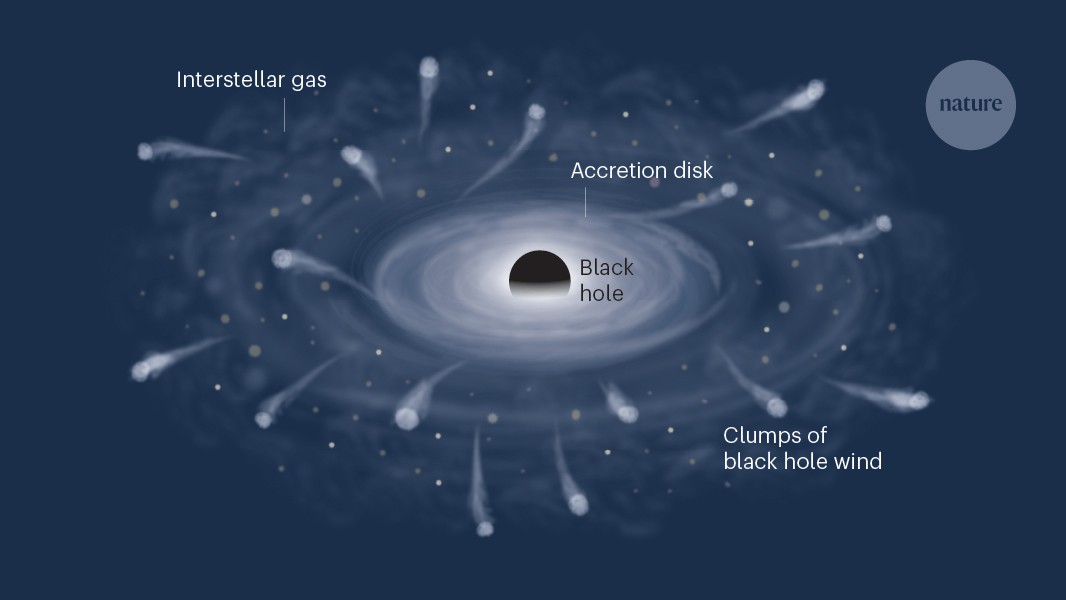Magnetar flares could be cosmic factories of heavy elements like gold and uranium. New evidence from a historic flare and past observations suggests these magnetic monsters might play a bigger role in galactic chemistry than previously believed,…
Category: 2. Space
-
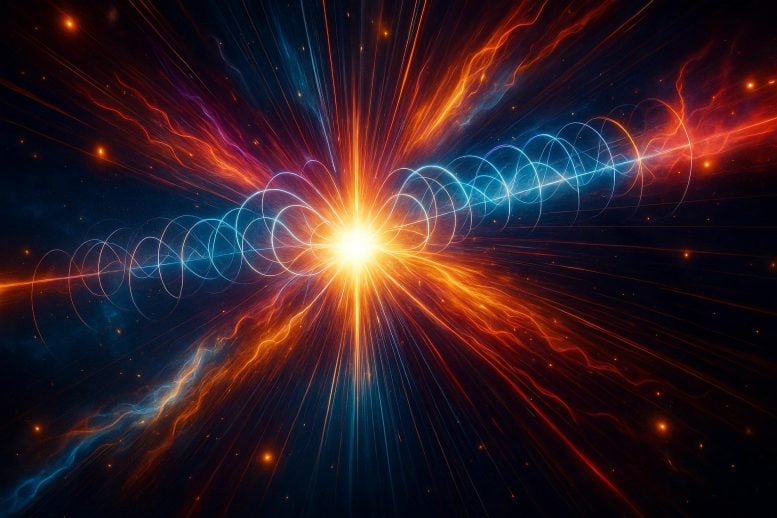
Did an Exploding Magnetar Forge the Gold in Your Wedding Ring?
-

Sols 4539-4540: Back After a Productive Weekend Plan
Written by Scott VanBommel, Planetary Scientist at Washington University
Earth planning date: Monday, May 12, 2025
Curiosity was back to work Monday, picking up where it left off from Friday’s plan. Tosol’s plan started with an…
Continue Reading
-

Sols 4536-4538: Dusty Martian Magnets
Written by Remington Free, Operations Systems Engineer at NASA’s Jet Propulsion Laboratory
Earth planning date: Friday, May 9, 2025
I was on downlink today for SA-SPaH, our robotic arm team. We successfully completed a number of fun…
Continue Reading
-
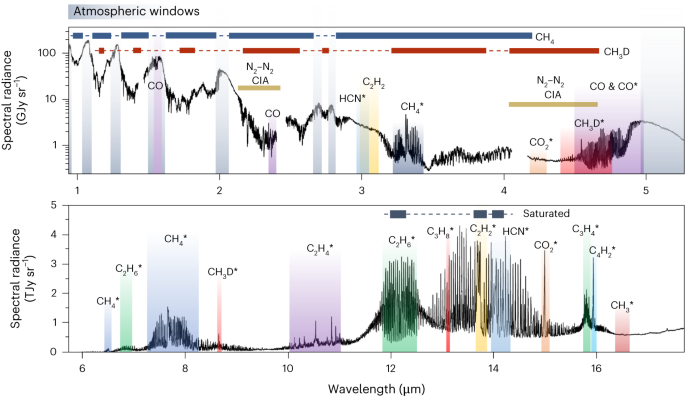
The atmosphere of Titan in late northern summer from JWST and Keck observations
Niemann, H. B. et al. Composition of Titan’s lower atmosphere and simple surface volatiles as measured by the Cassini-Huygens probe gas chromatograph mass spectrometer experiment. J. Geophys. Res. 115, E12006 (2010).
…
Continue Reading
-
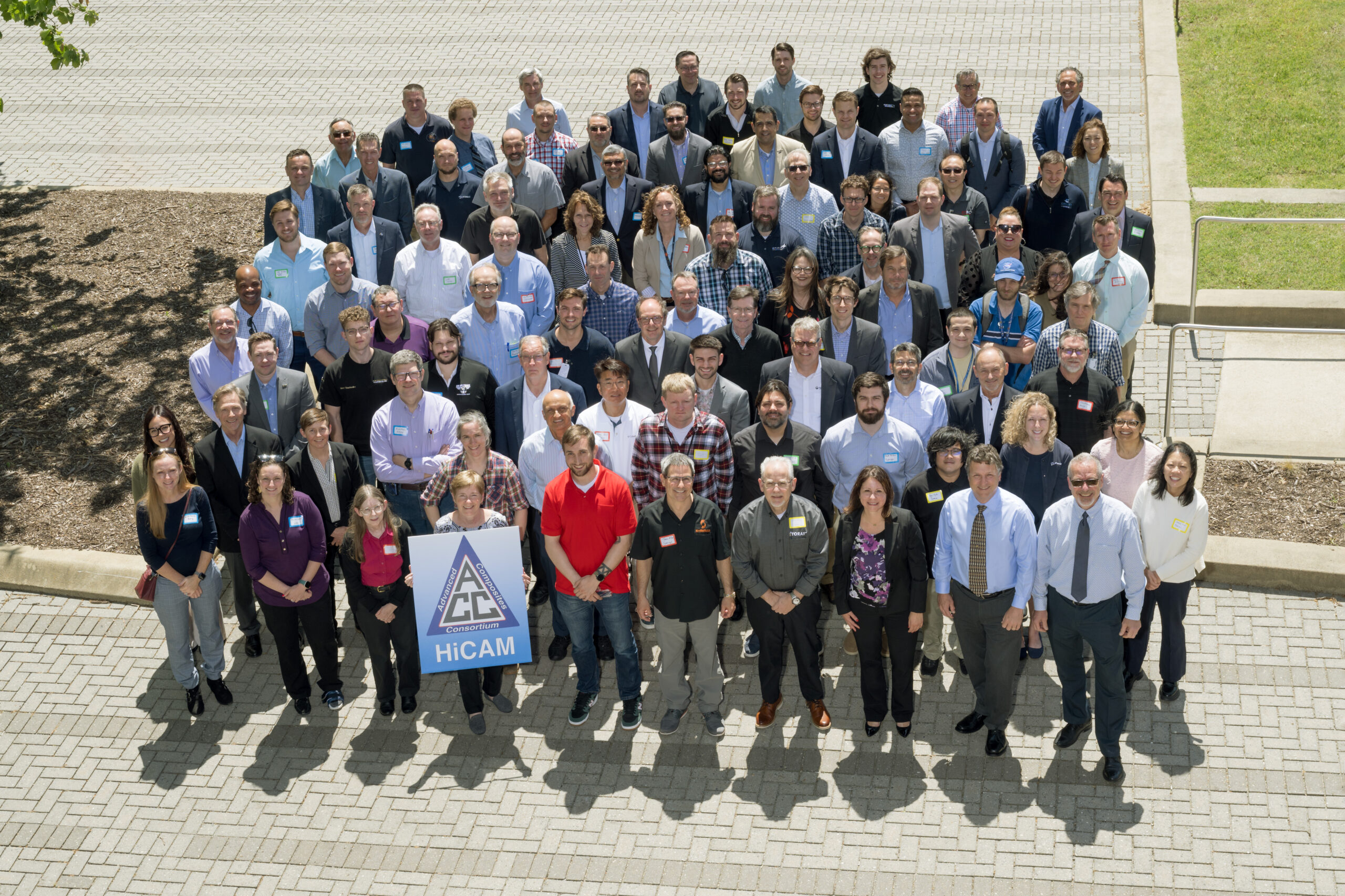
Hi-Rate Composite Aircraft Manufacturing Project 2025 Spring Review
NASA and its partners in the Advanced Composites Consortium gathered at the agency’s Langley Research Center in Hampton, Virginia, on April 29-May 1, 2025.
Team members from 22 organizations in the public-private partnership are collaborating…
Continue Reading
-
Rotationally Driven Ultraviolet Emission of Red Giant Stars. II. Metallicity, Activity, Binarity, and Subsubgiants
Red-giant-branch (RGB) stars are overwhelmingly observed to rotate very slowly compared to main-sequence stars, but a few percent of them show rapid rotation and high activity, often as a result of tidal synchonization or other angular momentum…
Continue Reading
-
The Hubble Image Similarity Project
We have created a large database of similarity information between subregions of Hubble Space Telescope images. These data can be used to assess the accuracy of image-search algorithms based on computer vision methods. The images were compared by…
Continue Reading
-
Wide Binary Orbits Are Preferentially Aligned with the Orbits of Small Planets, but Probably Not Hot Jupiters
Studying the relative orientations of the orbits of exoplanets and wide-orbiting binary companions (semimajor axis greater than 100 au) can shed light on how planets form and evolve in binary systems. Previous observations by multiple groups…
Continue Reading
-
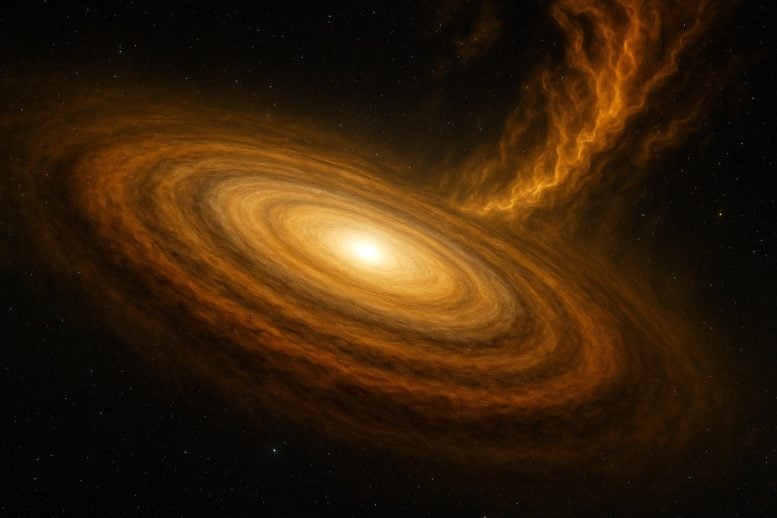
Young Stars Feed on Chaos to Build Planets
A new study flips our view of planet formation by showing that young stars can absorb surrounding material, extending the life and size of their disks. This process, Bondi-Hoyle accretion, solves long-standing mysteries and could influence where…
Continue Reading
